Hollywood & Spine Archive: Darkest Knight, Part II
An overview of the novelization to THE DARK KNIGHT, originally published in March 2021.
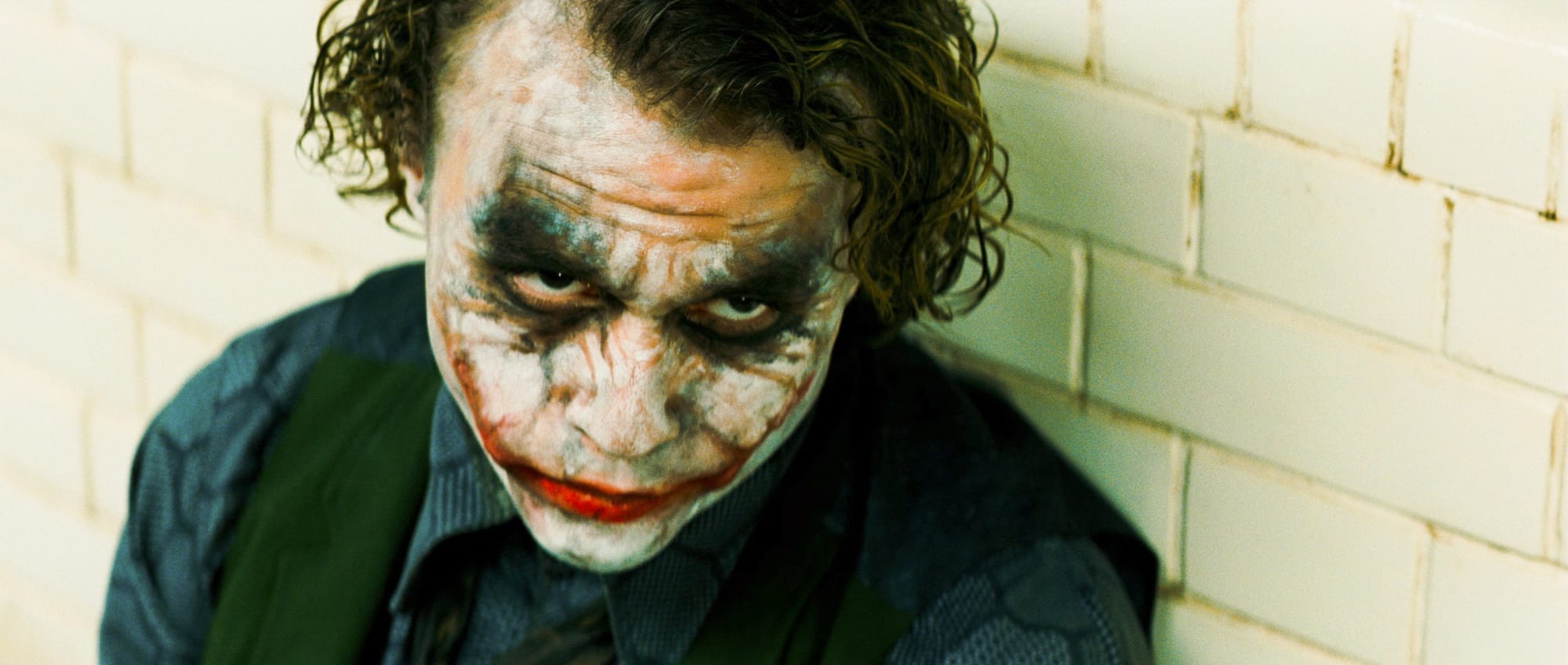
Man, The Dark Knight was everywhere, huh? It's still kind of wild to think about how it hit theaters only a month or two after Iron Man and The Incredible Hulk, the beginning of the Marvel Cinematic Universe that we're all mostly sick of by now. There is probably no way in hell we'll ever see Nolan's versions of these characters on film again, and honestly, thank God for that. (Originally published 3/24/2021)
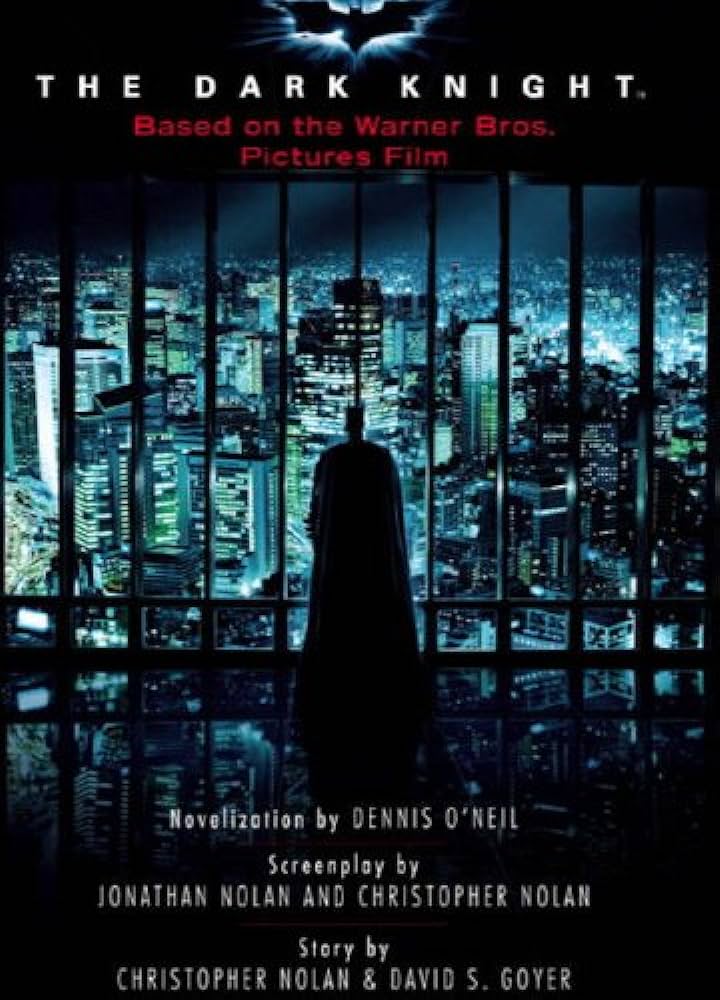
The Dark Knight by Dennis O'Neill (screenplay by Jonathan Nolan and Christopher Nolan; story by Christopher Nolan & David S. Goyer; based upon characters appearing in comic books published by DC Comics - Batman created by Bob Kane [& Bill Finger]) (Berkeley Boulevard, 2008)
The pitch: Still wrestling with the demons of singlehandedly taking on crime in Gotham, Batman finds himself face to face with some of his most challenging foes yet.
The author: Returning from his adaptation of Batman Begins, Dennis O'Neill (1939-2020) once again serves in prose the Batman characters he helped reshape as a writer for the DC comic in the '70s and and editor for decades after that.<br/>
The lowdown: As I write this, Zack Snyder's Justice League is available for streaming on HBO Max. I haven't yet sat through all four hours of it. I'm not sure I will. I cared for little of the original 2017 version completed by Joss Whedon, erstwhile nerd icon and alleged harasser of co-star Ray Fisher. Whedon was clearly responsible for the released Justice League's off-putting tonal mishmash, but I'm not sure Snyder's dour gravitas, desaturated colors and slow-motion sequences are what I need out a movie with Batman and Superman in it, either.
My good friend Joshua Rivera, a Polygon writer who's suffered the slings and arrows of Snyder Cut enthusiasts for his less-than-thrilled reception of the work (and its ramifications for fan culture), wrote something I find very astute. "It's like the Snyder Cut is really benefiting from a real wave in blockbuster poptimism that's happy to elevate anything that's not like, [the] MCU," he tweeted. I think this has a lot of merit: Marvel's dozens of interlocked films (and now, streaming television shows) are incredibly same-y in style - and recent entries feel more like events because a marketer said they were. Along comes something with a clearer vision, even one I don't particularly care for...I totally get it, even as I await the switch in my head that cares about superhero tales on screen to flip, my freedom from a sea of takes finally granted.
Remember the simpler times? Maybe it was before we were all way too much on Twitter, but The Dark Knight - a movie released months after the Marvel Cinematic Universe began in earnest - became a cultural phenomenon back in 2008. It was praised as high art in a way that felt different. Heath Ledger, who died of an overdose months before the film opened, won a posthumous Oscar for his efforts. There was a viral marketing campaign. It was as inescapable as superhero movie culture feels now - and, like it or not, may have triggered a more neo-poptimist take on superhero cinema. (By "neo-poptimist," I mean the curdling of the original definition - "this popular work is as worthy of critical consideration as the highbrow stuff" - to what I see as a more modern, less pleasant variant: "this popular work is actually better than the highbrow stuff," as if that matters.)
But let's take that all away and ask a different question: removed from either the hype of its time or the lenses through which we look at superhero media now: does The Dark Knight hold up as a story - particularly on the page? The novelization answers that query with a resounding "Sure!"
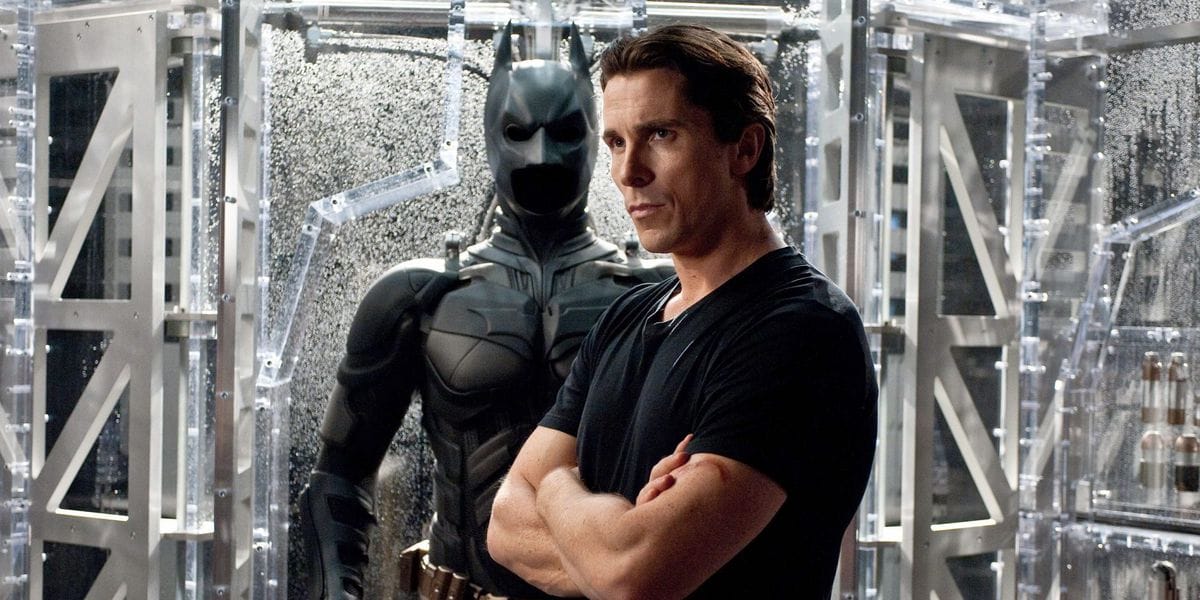
Reading this 300-page adaptation of a film that was interpreted six ways to Sunday as a referendum on American politics and culture (Obama used it as a metaphor, for Christ's sake), it's fascinating to read this as...just a Batman story. In some ways, it feels more of a piece with the more-stylized Batman Begins than it does on screen, with all those gritty neo-noir accents. You feel it in the details of O'Neill's prose: for instance, in the book, the penthouse that Bruce Wayne and Alfred occupy is said to directly face the ruins of the monorail where Begins climaxed, a point of geography that's never seen again in Nolan's films.
There's also more of a feeling of escalation around Bruce Wayne's struggle with the ramifications of being Batman; the first four chapters feature recaps of the first film, point-of-view narration concerning the nascent meaning of Batman in Gotham City and even an unfilmed conversation between Bruce and his friend/love interest Rachel Dawes about how becoming The Caped Crusader could become an obsession and an undoing.
As with the first book, O'Neill adds scores of detail to background or supporting characters. Some of it veers on excess as the book goes on: it's fun to read where the idiosyncratic gangster "The Chechen" came from, ostensibly lurking in the margins of Gotham's underworld as Begins took place - but I don't know we needed to know that the inmate played by the late, great Tiny Lister was named Ginty.
If I'm harping too much on the details here, it's for a reason I wasn't prepared to get behind: O'Neill cannily avoids any extra detailing or point-of-view for The Joker. Now, God knows we've had more than our fill of Joker content in the years since The Dark Knight came out (Joaquin Phoenix became the second actor to win an Oscar for a version of the character) - but to this reader, making the character a complete cypher sometimes read a little thin. That's not to say he needed a full-on origin story, but hearing more from the vantage point of shady lawyer Coleman Reese than the villain pulling the plot's strings feels more striking on the page.
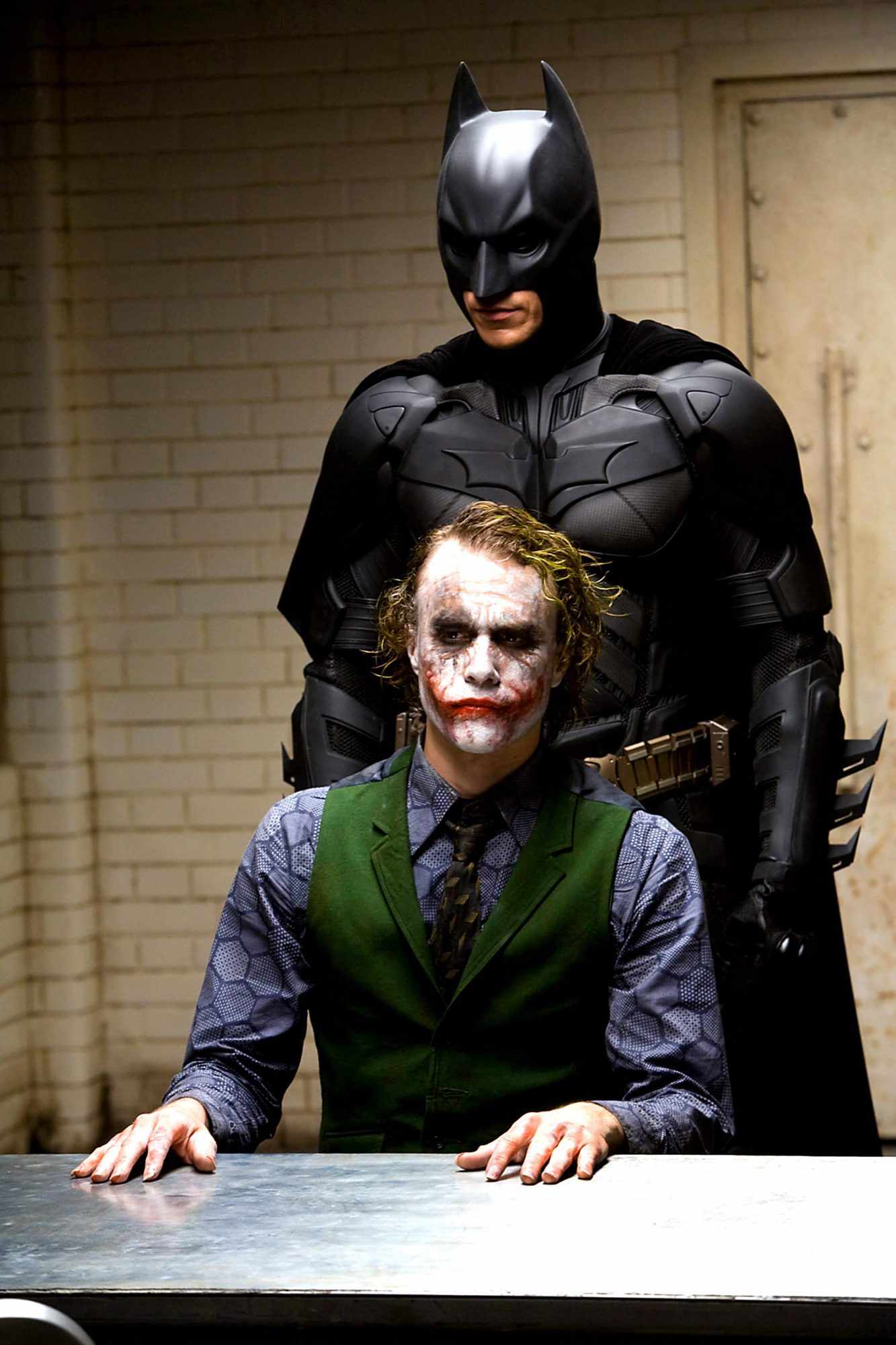
The Dark Knight, as a novel, could also have used a finer edit. One major head-scratcher while reading was O'Neill's interpretation of time in the story's final act - on film, The Joker's freeing of fallen district attorney Harvey "Two-Face" Dent, the destruction of a Gotham hospital and Batman's final quest to stop both villains all clearly happen in sequence, over the course of a day. In the book, however, it' implied that the city falls into a sort of trance in days or even weeks after the hospital is reduced to rubble:
But the journalists soldiered on, and people continued to wonder and worry and talk. Some thought that this latest hassle, coming so soon after the Narrows drama the other year, was the universe telling them that anywhere would be better than Gotham City. [...]The Gotham Times began to print a lot of angry letters, mostly expressing chagrin at the cops' inability to serve and protect...Most people, though, did what Gothamites almost always do: complain, hope that the evil, whatever it was, stayed clear of their neighborhood, and took out the garbage and grumbled to their mates and...lived their lives.
But after a paragraph of "small changes" in Gothamites' routines, O'Neill cuts back to the bar where a corrupt detective is found and killed by Two-Face...after the bartender notes how a hospital was "just" blown up. Considering the work of the novelizations to establish some temporal distance between the plots of these two films, this slip-up in continuity is kind of jarring - not to get all "different notes out of the same rib bone" about it
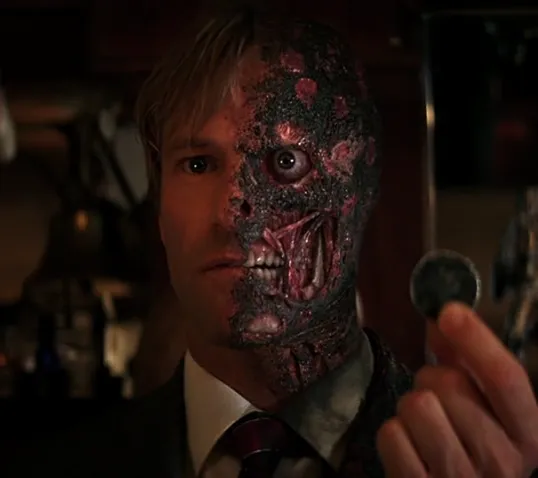
The cutting room floor: as with his Begins novelization, O'Neill whole-cloth adds a longer sequence to the first act that has no precedent in the screenplay: Bruce's obsessive digging into Harvey Dent's backstory. He finds origins not unlike what writers like Andrew Helfer brought to Batman comics: Dent's goodness and perseverance occurred against a tragic upbringing that saw his alcoholic father and abused mother die on the same night, leaving little clarity as to how beyond a potential murder-suicide. This really colors why Bruce (and Batman) trust Dent to help rid Gotham of crime in a legitimate way - and makes Dent's fall all the sadder.
Other notable digressions that didn't take place in the screenplay include some branching material for Jonathan Crane - the villainous Scarecrow who appears in all three films - and a scene where crime boss Sal Maroni hires a detective to dig up dirt on The Joker, only to find the P.I. gets poisoned by the clown in a diner, laughing hysterically before dropping dead. Another brief Joker scene - his reaction after escaping Bruce Wayne's fundraiser for Dent and coming face to face with Batman - was actually filmed but cut. (A still from this sequence was one of the early viral reveals of the character.)
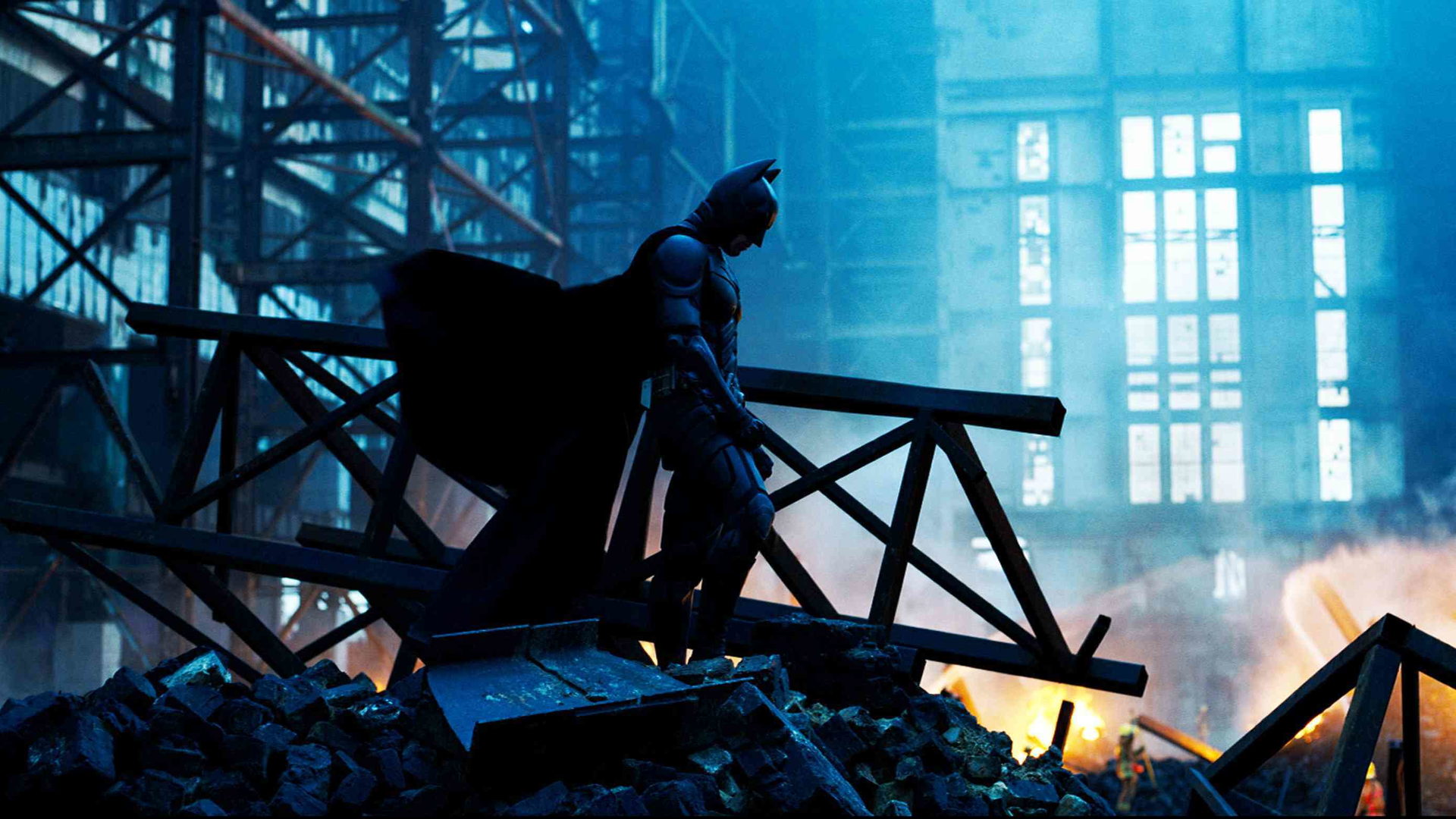
The last word: Despite some editing flaws and an imbalance of detail, The Dark Knight novelization is a fascinating relic - perhaps the last piece of Batman story ephemera that could just be a thing for Batman fans instead of a symbol of heaven knows what.
